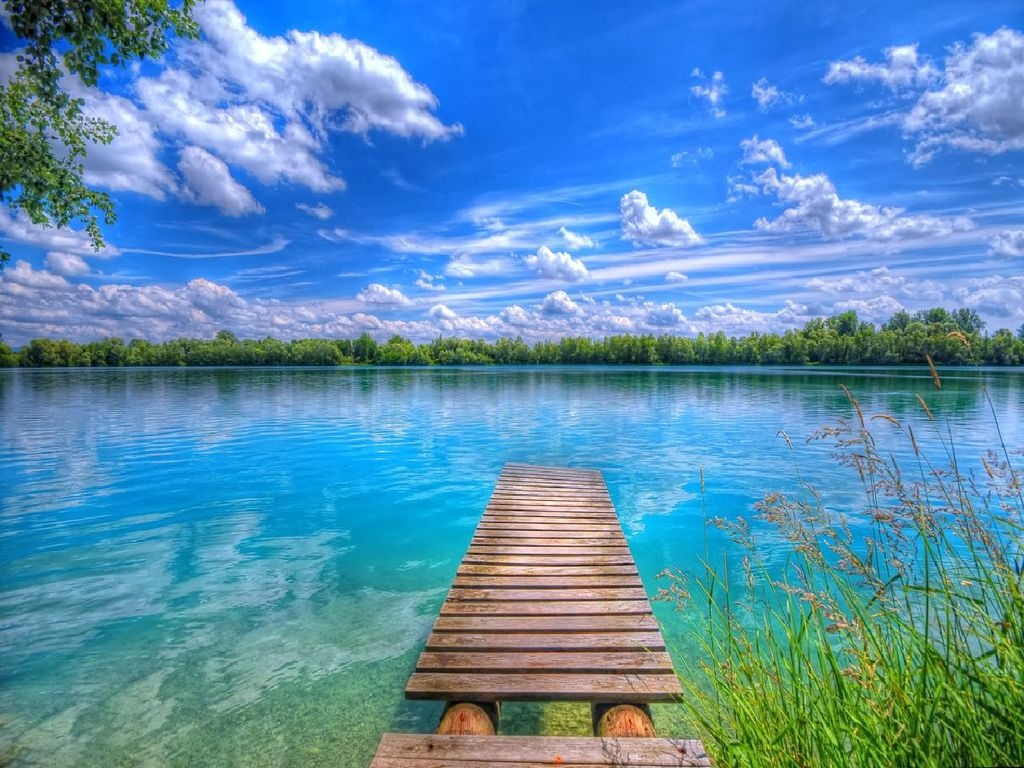

A 20mm or 24mm prime lens could bring you a lifetime of great images! In fact, among the “oldschool” legends in classic landscape imagery, many of your favorite images were probably made at the equivalent of 24mm or even “just” 28mm! Just keep this in mind as we start talking about the truly “exotic” focal lengths available. When it comes to traditional landscape photography, a whole lot can be accomplished with just a few focal lengths, and a simple wide-angle lens. What Focal Length Is Best For Landscape Photography? Or, if you do just as much astro-landscape work, or even MORE, then there’s a good chance you will want at least one f/2.8 zoom, and maybe an f/1.4 prime.

If you barely do a tiny bit of astro-landscape photography, this might just mean adding a compact, affordable 20mm f/1.8 or 24mm f/1.8 prime to your bag.

Of course, if you also photograph nightscapes, things are different you may want to consider making one of your wide-angle lenses a very “fast” (aperture) one. Today, thanks to advanced computer-aided optical design, as long as you don’t zoom in on the extreme corners of your images, most all of your lenses will deliver incredibly sharp results.
#BEST LANDSCAPE PHOTO PROFESSIONAL#
Even if you just wanted your lens to be sharp at f/8 or f/11, you still had to avoid slower, less professional lenses, because only the top-shelf professional glass was truly any good, period. I mention lens aperture because, unfortunately, just 10-20 years ago things were different. Nikon 24-120mm f/4 VR, Nikon D750, Slik CF634 Travel Tripod
#BEST LANDSCAPE PHOTO PORTABLE#
Therefore, I have some good news: you don’t necessarily need to worry about buying an “exotic” pro lens, such as a fast prime or an f/2.8 zoom!Īll you really need is, to get the sharpest possible images when your aperture is stopped down, and these days a portable f/4 zoom or an f/2.8 prime might be all you need! In fact, even the f/3.5-5.6 or similar “kit” zooms are often incredibly sharp, if you’re hitting f/11 for all your photos. What Aperture Do You Need? Pictured: Rokinon 12mm f/2, Canon EOS M5 (APS-C)īefore we get to the most important part, (I’m talking about focal lengths, of course!) …there is something else that we should keep in mind as we start choosing the right lens for landscape photography.įor a lot of landscape photographers, the most-used apertures are going to be in the range of f/8, f/11, etc. Whatever camera system you’re using, whether mirrorless or DSLR, whether you’re looking for name-brand flagship lenses or affordable third-party lenses, there is at least one lens out there that is a perfect choice for what you do. So, the question, “what is the best lens for landscape photography?” deserves a whole lot of consideration, and we won’t have time for all of it in just this one article.įor now, we’ll narrow the discussion to the best WIDE-ANGLE lens for landscape photography! We will briefly talk about what makes a lens good for landscapes, and therefore, what to look for in both standard and telephoto focal lengths as well. Landscape photography can be one of the most demanding genres of photography around when it comes to lenses! One minute you could be using a 12mm ultra-wide-angle lens to photograph a dynamic, sweeping scene that spans your entire field of vision, and the next minute you could be reaching for your 100-400mm lens to capture an intimate telephoto landscape detail photo!


 0 kommentar(er)
0 kommentar(er)
